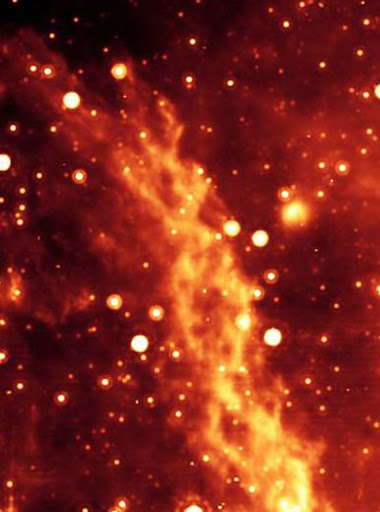Most people know that the Earth’s axis appears to wobble over a long period of just under 26,000 years. What these means is that when looking at the night sky on any particular day of the year – say the spring equinox – we humans notice that over long periods of time, the same stars appear to alter their positions in our view of the sky by about one degree every 72 years. Our ancestors divided the sky into 12 zodiac constellations and we say that the sun rises in a particular sign of the zodiac for approximately 2,160 years.
Why does this happen? Isaac Newton said this was all based on gravity, and the consensus has been that a complex cycle of lunar and solar cycles tugs at the Earth and causes this axial precession cycle. I have been very interested in the timing and cause of precession because it appears to be linked to the catastrophic ending of world ages via pole shift. Assuming our ancestral astronomers in India, Egypt, Babylon, Mexico and other civilizations were onto something, we might expect that the warnings encoded in their calendars and monuments point to a 21st century pole shift that will end the current civilization and world age.
But Isaac Newton’s gravitational explanation of precession makes assumptions that lead us to a constant rate of precession, and more modern results suggest the rate is changing, as if the true cause is derived from some giant cosmic spiral motion which is not perfectly circular in its orbit.

Gareth Samuel recently posted an amazing video explaining why we should consider the idea that our solar system is one of many stars in a giant electrical filament – one of two filaments twisting around each other in a giant Birkeland current. His theory and precise measurements explain the unusual proper motion of several stars including Sirius (which he says is a nearby neighbor in the opposite filament of our double helix Birkeland current but not a gravitationally bound binary companion to our sun) and also explains our period of precession, and even why there seem to be particularly bad extinction events every 26 million years.
